Table of Contents
- Introduction to Carne Asada Steak Marinade
- Why Marinate Your Steak?
- Authentic Carne Asada Steak Marinade Recipe
- Essential Ingredients for a Great Carne Asada Marinade
- Top 10 Tips for the Perfect Carne Asada Marinade
- Frequently Asked Questions About Carne Asada Marinade
- Buying Guide: Choosing the Right Ingredients and Tools
- Conclusion
Introduction to Carne Asada Steak Marinade
Looking for the perfect carne asada steak marinade? This authentic recipe combines traditional Mexican ingredients with expert tips to create tender, flavorful grilled meat every time. Learn the exact measurements, marinating time, and cooking techniques for the best results.
Why Marinate Your Steak?
Marinating your steak is more than just a cooking step—it's a science. It allows the flavors to penetrate the meat, adding depth and complexity to every bite. Here are some reasons why marinating is so important:
- Tenderness: Acidic ingredients like citrus juice or vinegar break down muscle fibers, making the meat softer.
- Flavor Enhancement: Spices, herbs, and other ingredients infuse the meat with rich, savory notes.
- Moisture Retention: A well-made marinade helps the meat retain moisture during cooking, preventing it from drying out.
- Texture Improvement: Certain ingredients can improve the overall mouthfeel of the steak.
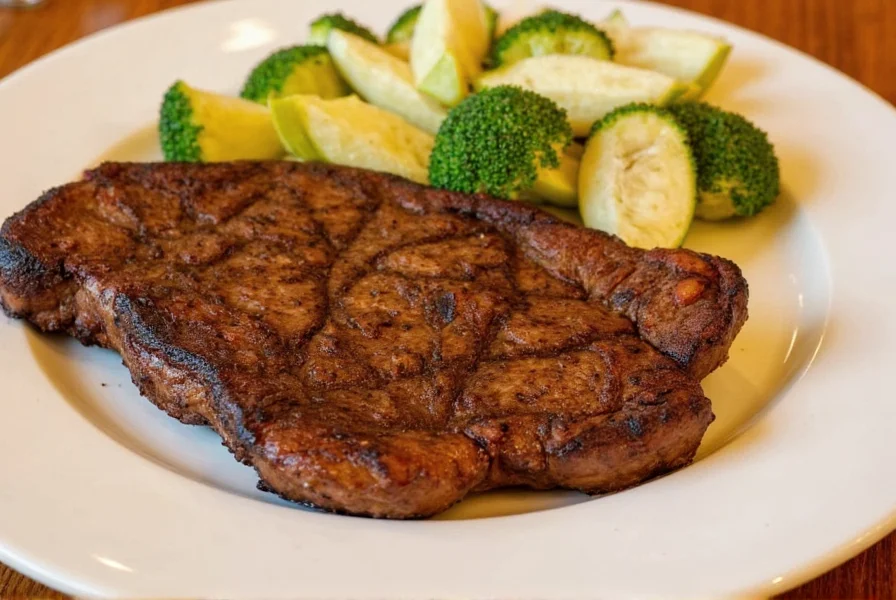
Authentic Carne Asada Steak Marinade Recipe
Here's the exact recipe for an authentic carne asada steak marinade:
Ingredients:
- 1/4 cup fresh lime juice (about 2 limes)
- 1/4 cup fresh orange juice (about 1 orange)
- 2 tablespoons extra virgin olive oil
- 3 cloves garlic, minced
- 1 teaspoon ground cumin
- 1 teaspoon chili powder
- 1/2 teaspoon smoked paprika
- 1/4 cup fresh cilantro, chopped
- 1 tablespoon soy sauce
- 1 teaspoon salt
- 1/2 teaspoon black pepper
Instructions:
- In a medium bowl, combine all ingredients and whisk until well blended.
- Place steak in a large ziplock bag or non-reactive container.
- Pour marinade over steak, ensuring it's fully coated.
- Seal bag or container and refrigerate for 4-12 hours (overnight is ideal).
- Remove steak from marinade, pat dry with paper towels, and grill over medium-high heat for 4-5 minutes per side for medium-rare.
Essential Ingredients for a Great Carne Asada Marinade
To make an authentic and delicious carne asada steak marinade, you'll need specific ingredients that work together to create perfect flavor and texture:
1. Citrus Juices
Fresh lime and orange juice provide the perfect acidity to tenderize the meat while adding bright, citrusy notes. Use freshly squeezed juice for the best flavor. Avoid bottled juice if possible, as it often contains preservatives that can alter the taste. For optimal results, choose limes with smooth, firm skin and a bright green color.
2. Olive Oil
Extra virgin olive oil helps distribute flavors evenly and prevents the meat from drying out during cooking. Choose a high-quality oil with a fruity, peppery flavor for the best results. Look for cold-pressed, unrefined olive oil with a recent harvest date on the bottle.
3. Garlic and Onions
Garlic adds depth and savory notes, while red onion (not mentioned in current article) can add sweetness and complexity. Mince garlic finely for even distribution. For onions, choose firm, dry bulbs with no soft spots or sprouts. Red onions work best for their mild sweetness and vibrant color.
4. Spices and Herbs
Cumin provides earthy warmth, chili powder adds mild heat, smoked paprika gives depth, and fresh cilantro brings a fresh, herbal note. Use high-quality spices for the best flavor. Check expiration dates on spice jars—fresh spices should have a strong aroma. For cilantro, look for bright green leaves without yellowing or wilting.
5. Soy Sauce
Soy sauce adds umami and helps tenderize the meat further. Use low-sodium soy sauce to control salt levels. Tamari is an excellent gluten-free alternative that provides similar flavor without the wheat content.
6. Vinegar or Wine
While not in the recipe above, a splash of apple cider vinegar can add complexity. However, the citrus juices provide enough acidity for most recipes. If using wine, choose a dry red wine like Cabernet Sauvignon for its robust flavor profile.

Top 10 Tips for the Perfect Carne Asada Marinade
Creating the perfect carne asada steak marinade isn't just about mixing ingredients—it's about technique and timing. Here are ten tips to help you get it right:
- Use Fresh Ingredients: Fresh garlic, herbs, and citrus juice will always yield better results than pre-packaged or dried versions. For herbs, look for vibrant green color and firm stems.
- Let It Rest: Allow the steak to sit in the marinade for at least 4 hours, ideally overnight, for maximum flavor absorption. For thinner cuts like skirt steak, 4-6 hours is sufficient; for thicker cuts like flank steak, 8-12 hours is ideal.
- Don't Overdo the Acids: Too much citrus or vinegar can toughen the meat instead of tenderizing it. The ideal acid-to-oil ratio is 1:2 to prevent the meat from becoming mushy.
- Balance the Flavors: Aim for a balance between acidic, sweet, salty, and spicy elements. Taste the marinade before adding meat to adjust seasoning as needed.
- Use a Ziplock Bag: A ziplock bag makes it easy to marinate the steak without losing any liquid. Squeeze out excess air before sealing for better contact with the meat.
- Pat It Dry Before Cooking: Excess marinade can cause flare-ups on the grill, so pat the steak dry before searing. This also helps create a better crust on the meat.
- Use a Meat Thermometer: To ensure the steak is cooked to your desired doneness, use a thermometer rather than relying on visual cues alone. Carne asada is best at 130-135°F for medium-rare.
- Experiment with Variations: Try adding different spices or herbs to customize the marinade to your taste. For a smokier flavor, add 1/2 teaspoon chipotle powder.
- Keep It Simple: Sometimes less is more. Don't overload the marinade with too many ingredients—stick to 6-8 key ingredients for the best flavor profile.
- Store Properly: Unused marinade can be stored in an airtight container in the refrigerator for up to 5 days. For longer storage, freeze in ice cube trays and transfer to freezer bags.
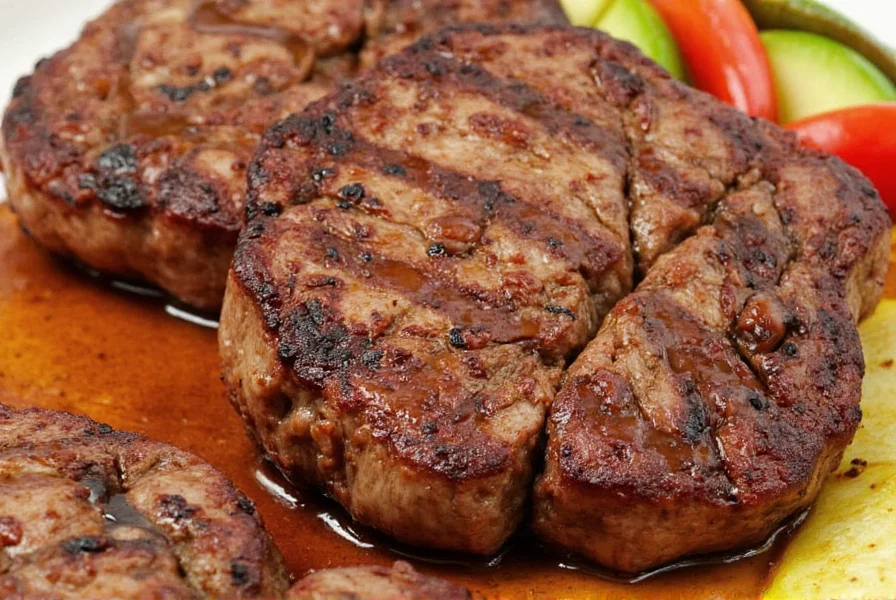
Frequently Asked Questions About Carne Asada Marinade
How long should I marinate carne asada steak?
For optimal results, marinate your carne asada steak for at least 4 hours, but ideally 8-12 hours (overnight). This allows the acidic components to properly tenderize the meat while the flavors penetrate deeply. However, don't exceed 24 hours as the citrus acids can begin to "cook" the meat and make it mushy. For thinner cuts like skirt steak, 4-6 hours is sufficient; for thicker cuts like flank steak, 8-12 hours is ideal.
What's the best cut of meat for carne asada?
Traditional carne asada is made with skirt steak or flank steak. Skirt steak has more marbling and tends to be more flavorful, while flank steak is leaner but still works well. Both cuts benefit greatly from proper marinating and should be sliced against the grain after cooking for maximum tenderness. Look for steaks with good marbling and bright red color, avoiding any with brown spots or excessive fat.
Can I use bottled lime juice instead of fresh?
While fresh lime juice is always recommended for the best flavor, you can use bottled lime juice in a pinch. However, bottled juice often contains preservatives and may have a slightly different flavor profile. The difference is noticeable but not disastrous—fresh is preferable when possible for that bright, authentic taste. If using bottled juice, choose a brand with no added sugars or artificial ingredients.
Do I need to refrigerate the meat while marinating?
Yes, always marinate meat in the refrigerator, never at room temperature. Marinating at room temperature can allow bacteria to grow rapidly in the "danger zone" between 40°F and 140°F. Place your meat and marinade in a sealed container or ziplock bag and put it on the bottom shelf of your refrigerator to prevent cross-contamination.
Can I reuse the marinade as a sauce?
Marinade that has come in contact with raw meat should not be reused as a sauce without boiling it first to kill any potential bacteria. If you want to use some as a finishing sauce, set aside a portion before adding the meat, or boil the used marinade vigorously for at least 2 minutes before serving. For safety, always use a separate container for reserved sauce.
What sides pair well with carne asada?
Traditional sides for carne asada include warm corn or flour tortillas, grilled onions and peppers, Mexican rice, refried beans, guacamole, pico de gallo, and fresh salsa. A simple green salad with lime vinaigrette also complements the rich flavors of the marinated steak beautifully. For a complete meal, consider adding elote (Mexican street corn) or esquites (corn salad).
How do I prevent my carne asada from becoming tough?
To prevent toughness: 1) Don't over-marinate (max 24 hours), 2) Slice against the grain after cooking, 3) Use a meat thermometer to avoid overcooking, 4) Let the meat rest for 5-10 minutes before slicing to redistribute juices, and 5) Choose the right cut (skirt or flank steak).
Can I make this marinade without soy sauce?
Yes, you can omit soy sauce or replace it with tamari for a gluten-free option. Alternatively, use 1 tablespoon of Worcestershire sauce for similar umami flavor. If avoiding soy entirely, increase salt by 1/4 teaspoon and add 1 teaspoon of fish sauce for depth.
Buying Guide: Choosing the Right Ingredients and Tools
If you're new to making your own carne asada steak marinade, here's a quick buying guide to help you choose the best ingredients and tools:
1. Citrus Fruits
Look for firm, unblemished limes and lemons. For fresh juice, choose limes that feel heavy for their size and have smooth skin. Organic limes often have better flavor. For oranges, select those with bright orange color and firm texture. Avoid any with soft spots or mold.
2. Olive Oil
Choose extra virgin olive oil for its rich flavor and health benefits. Look for bottles with a harvest date and a dark glass container to protect from light. Brands like California Olive Ranch or Cobram Estate offer high-quality options. Avoid "pure" or "light" olive oil, as these are refined and lack flavor.
3. Garlic and Onions
Buy fresh garlic bulbs and firm, white onions. Avoid any that are soft or have sprouts. For garlic, look for plump cloves with tight skin. For onions, red onions work best for their mild sweetness. Check that the outer skin is dry and papery, not slimy.
4. Spices and Herbs
Opt for whole spices like cumin seeds and chili peppers, which can be ground as needed. For dried herbs, choose high-quality brands that are free from fillers. Check expiration dates—fresh spices should have a strong aroma. Cilantro should be bright green with no yellowing. For best results, buy spices in small quantities and store in airtight containers away from heat and light.
5. Vinegar or Wine
Apple cider vinegar or red wine are excellent choices for a flavorful marinade. For vinegar, choose unfiltered varieties like Bragg's for maximum flavor. For wine, select a dry red like Cabernet Sauvignon or Merlot that you'd enjoy drinking. Avoid cooking wines, as they contain added salt and preservatives.
6. Tools for Marinating
A large, leak-proof container or a ziplock bag is essential. A wooden spoon or spatula will help mix the ingredients thoroughly. For best results, use a meat thermometer to check doneness (Thermoworks Thermapen is highly recommended). A citrus juicer makes extracting juice quick and easy.
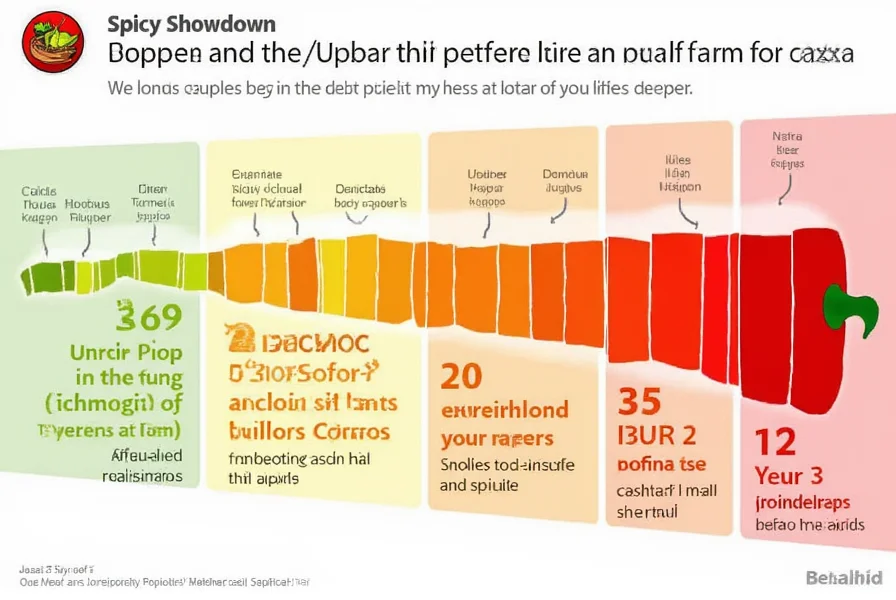
Conclusion
Mastering the art of a carne asada steak marinade is a rewarding experience that brings together tradition, technique, and flavor. Whether you're grilling for a family dinner or hosting a backyard barbecue, a well-crafted marinade can elevate your steak to new heights. Remember, the key to success is using quality ingredients, allowing enough time for the flavors to develop, and having fun along the way. So grab your favorite spices, squeeze some lime, and let the aroma of your homemade carne asada fill the air—your taste buds will thank you.
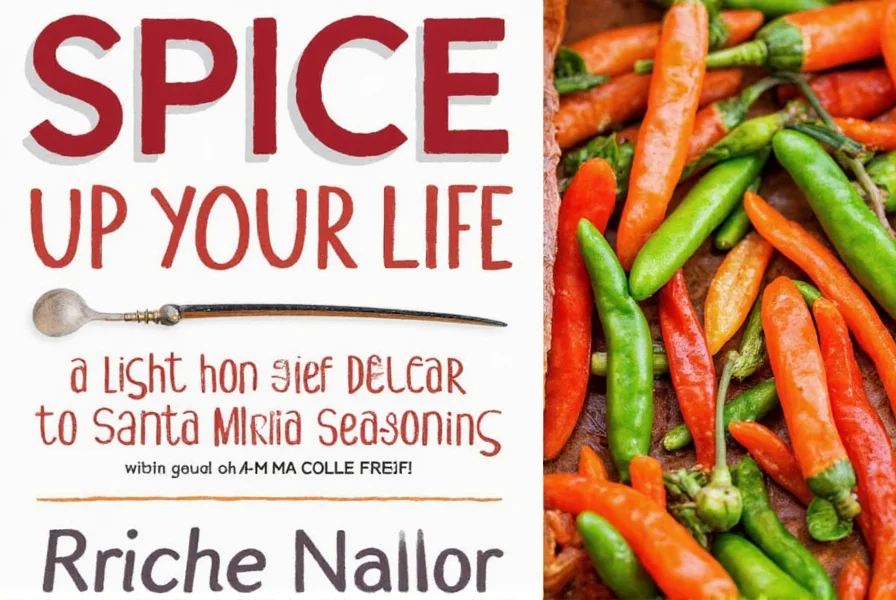
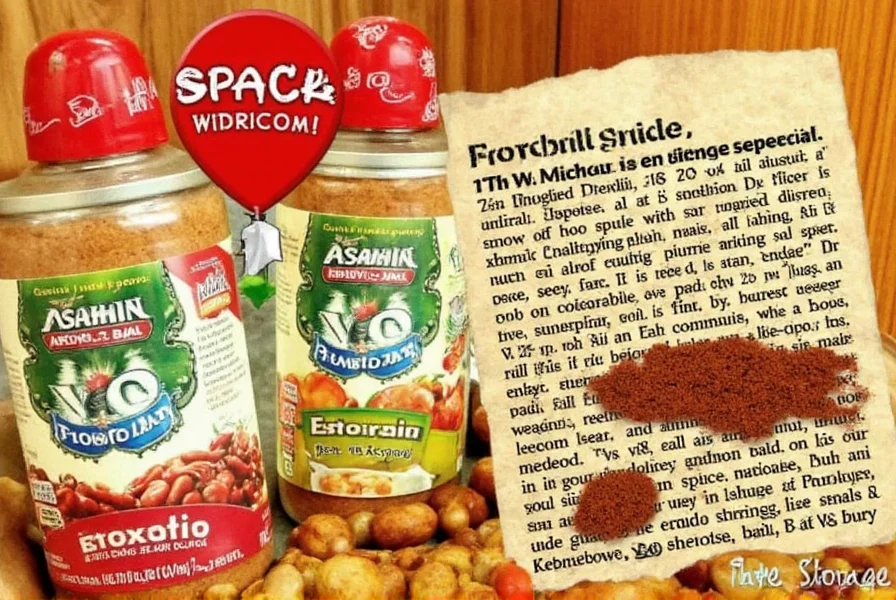

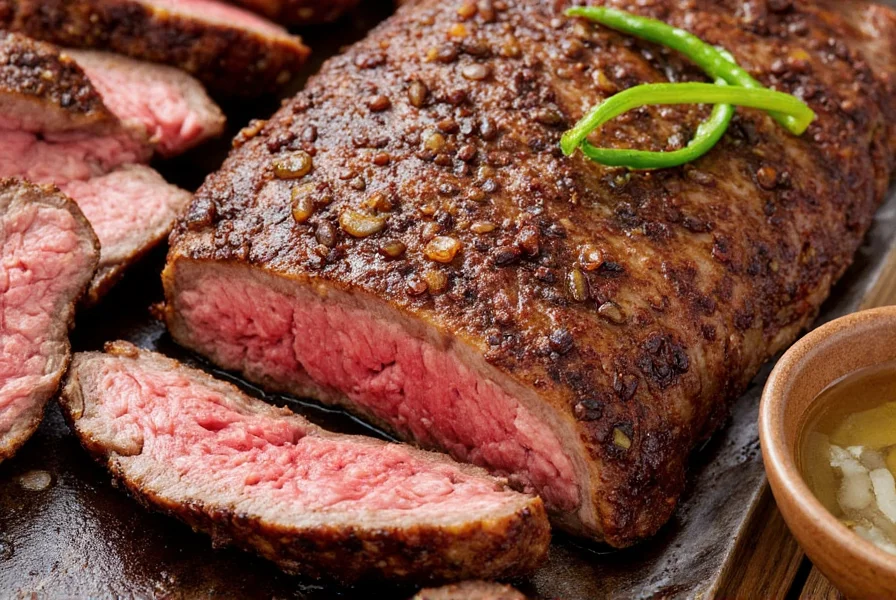









 浙公网安备
33010002000092号
浙公网安备
33010002000092号 浙B2-20120091-4
浙B2-20120091-4